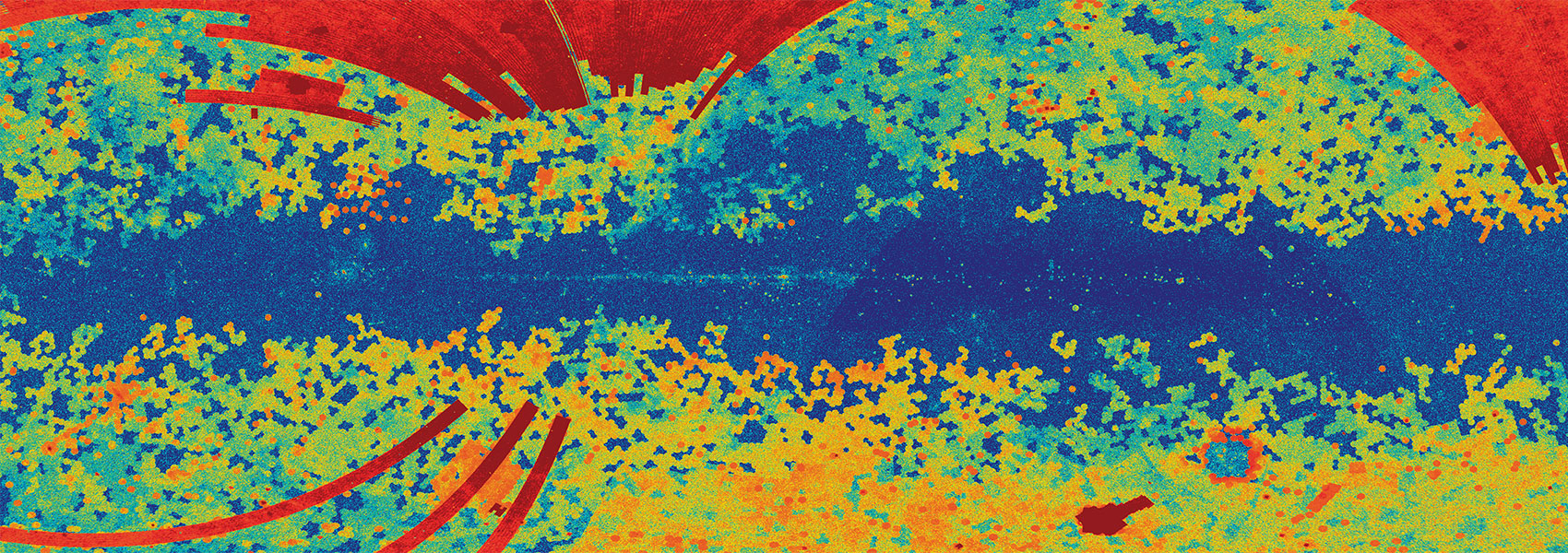September
2023
•
2023A&A...677A..12D
Authors
•
Deeg, H. J.
•
Georgieva, I. Y.
•
Nowak, G.
•
Persson, C. M.
•
Cale, B. L.
•
Murgas, F.
•
Pallé, E.
•
Godoy-Rivera, D.
•
Dai, F.
•
Ciardi, D. R.
•
Murphy, J. M. Akana
•
Beck, P. G.
•
Burke, C. J.
•
Cabrera, J.
•
Carleo, I.
•
Cochran, W. D.
•
Collins, K. A.
•
Csizmadia, Sz.
•
El Mufti, M.
•
Fridlund, M.
•
Fukui, A.
•
Gandolfi, D.
•
García, R. A.
•
Guenther, E. W.
•
Guerra, P.
•
Grziwa, S.
•
Isaacson, H.
•
Isogai, K.
•
Jenkins, J. M.
•
Kábath, P.
•
Korth, J.
•
Lam, K. W. F.
•
Latham, D. W.
•
Luque, R.
•
Lund, M. B.
•
Livingston, J. H.
•
Mathis, S.
•
Mathur, S.
•
Narita, N.
•
Orell-Miquel, J.
•
Osborne, H. L. M.
•
Parviainen, H.
•
Plavchan, P. P.
•
Redfield, S.
•
Rodriguez, D. R.
•
Schwarz, R. P.
•
Seager, S.
•
Smith, A. M. S.
•
Van Eylen, V.
•
Van Zandt, J.
•
Winn, J. N.
•
Ziegler, C.
Abstract
•
TOI-1416 (BD+42 2504, HIP 70705) is a V =10 late G- or early K-type dwarf star. TESS detected transits in its Sectors 16, 23, and 50 with a depth of about 455 ppm and a period of 1.07 days. Radial velocities (RVs) confirm the presence of the transiting planet TOI-1416 b, which has a mass of 3.48 ± 0.47 M⊕ and a radius of 1.62 ± 0.08 R⊕, implying a slightly sub-Earth density of 4.50−0.83+0.99 g cm−3. The RV data also further indicate a tentative planet, c, with a period of 27.4 or 29.5 days, whose nature cannot be verified due to strong suspicions of contamination by a signal related to the Moon's synodic period of 29.53 days. The nearly ultra-short-period planet TOI-1416 b is a typical representative of a short-period and hot (Teq ≈ 1570 K) super-Earth-like planet. A planet model of an interior of molten magma containing a significant fraction of dissolved water provides a plausible explanation for its composition, and its atmosphere could be suitable for transmission spectroscopy with JWST. The position of TOI-1416 b within the radius-period distribution corroborates the idea that planets with periods of less than one day do not form any special group. It instead implies that ultra-short-period planets belong to a continuous distribution of super-Earth-like planets with periods ranging from the shortest known ones up to ≈30 days; their period-radius distribution is delimited against larger radii by the Neptune Desert and by the period-radius valley that separates super-Earths from sub-Neptune planets. In the abundance of small, short-periodic planets, a notable plateau has emerged between periods of 0.6-1.4 days, which is compatible with the low-eccentricity formation channel. For the Neptune Desert, its lower limits required a revision due to the increasing population of short-period planets; for periods shorter then 2 days, we establish a radius of 1.6 R⊕ and a mass of 0.028 Mjup (corresponding to 8.9 M⊕) as the desert's lower limits. We also provide corresponding limits to the Neptune Desert against the planets' insolation and effective temperatures.
Data are only available at the CDS via anonymous ftp to cdsarc.cds.unistra.fr (ftp://130.79.128.5) or via https://cdsarc.cds.unistra.fr/viz-bin/cat/J/A+A/677/A12
Links




